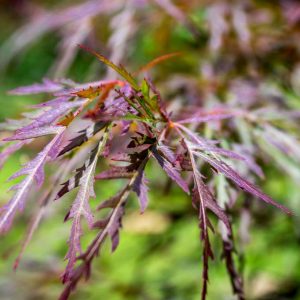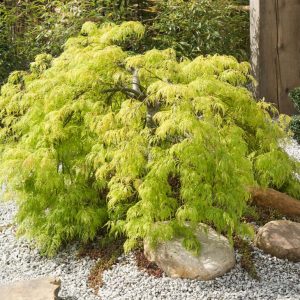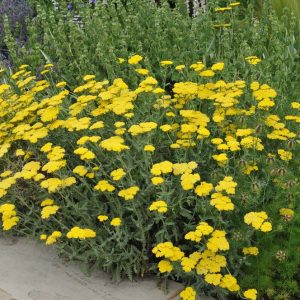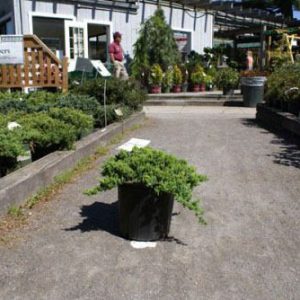Description
Panicum – Panic Grass – Crab Grass –
There are about 450-470 annual or perennial, deciduous or evergreen grasses , with a few being weeds. They occur in open grassland or wooded areas, often in rocky, moist limestone soil, in tropical regions worldwide and in temperate parts of the Northern Hemisphere. The leaves are thread like in bud, usually becoming flat and linear-ovate, and may be light to mid green, gray green, or purple. In late summer and autumn, they bear finely branching panicles or racemes of 2 flowered spikelets. Ornamental species are valued mainly for their light, airy flower heads, up to 18″ long, that are erect to nodding and often bronze or red tinted, and are suitable for cutting and drying, a number of species such as millet (p. Miliaceum) are also valued fodder crops. Grow in a sunny, mixed or herbaceous border.
Grow these easily grown plants in moderately fertile, moist but well drained soil in full sun. Divide perennial between mid spring and early summer.
Prone to damping off, black ring, tar spot, rust, smut, leaf spots, anthracnose, and sugarcane mosaic virus.
P. virgatum ‘Strictum’ – Switch Grass – This narrowly upright, rhizomatous, deciduous, perennial grass found grows 4′ feet tall and 24″ wide. It forms clumps of purple to blue green, stems that bear upright, flat, linear, sticky bright green leaves, to 24″ long. Leaves turn bright yellow in autumn and light brown in winter. In late summer and early autumn it bears broad, diffuse, weeping panicles, to 20″ long, of tiny, purple green spikelets that develop red to bronze tones.
Zones 5-9





